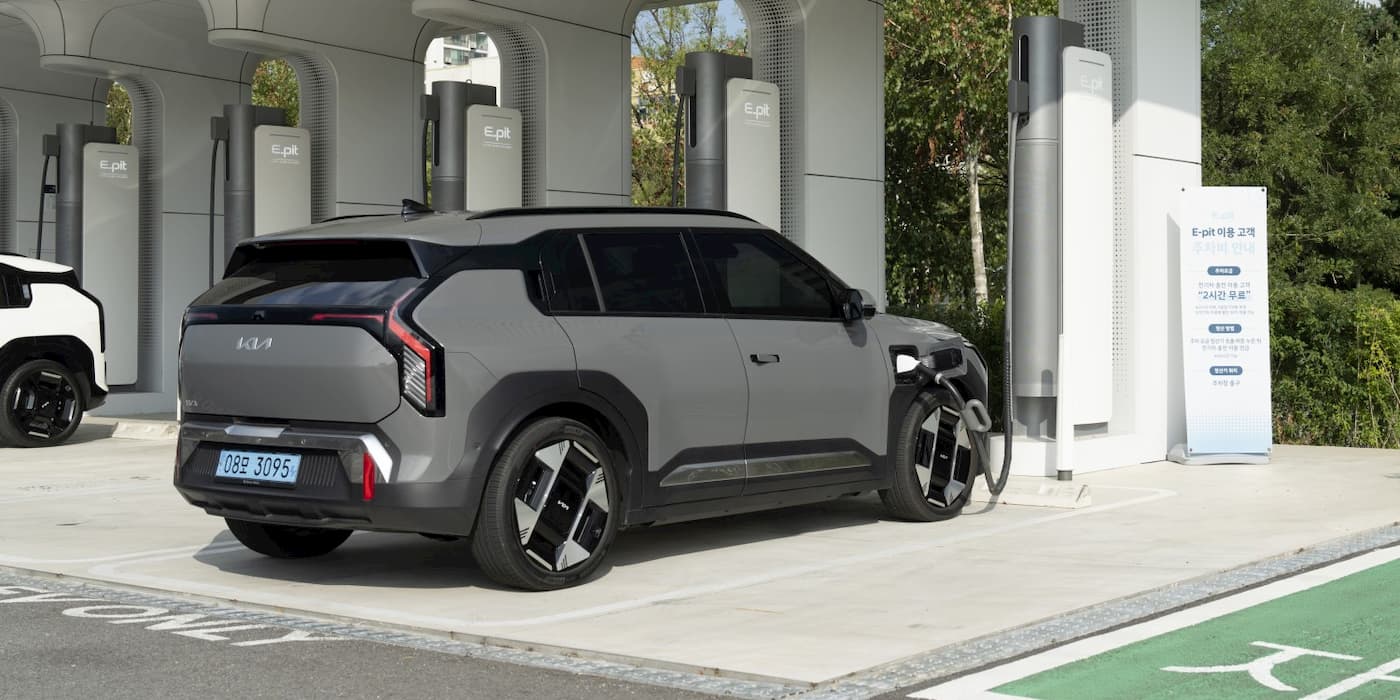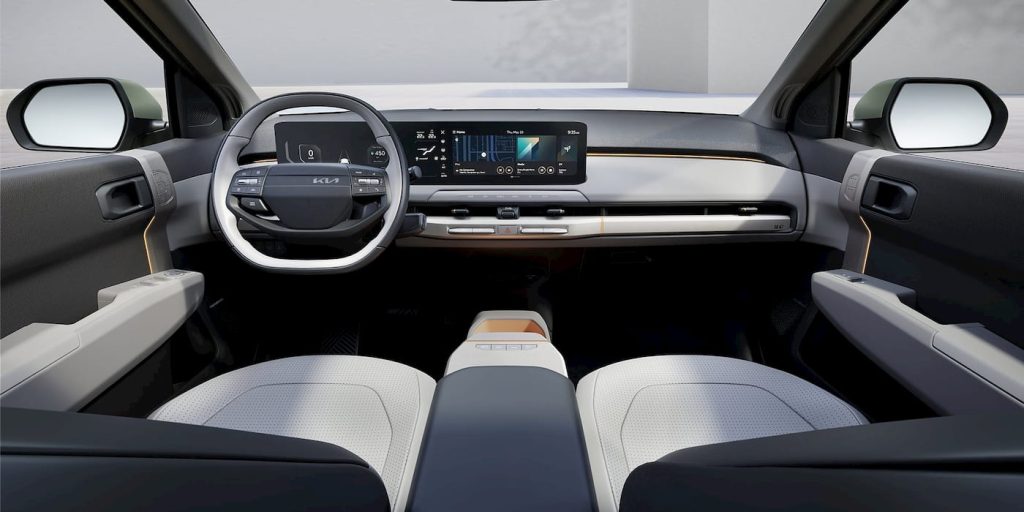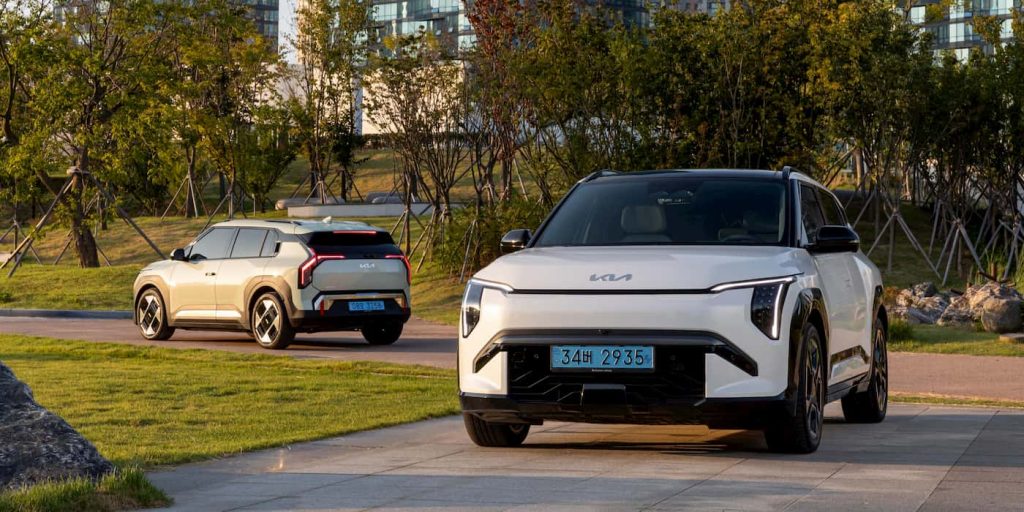
An even smaller and more affordable Kia electric SUV is on its way. Ahead of its official debut, Kia’s cheaper EV2 was officially spotted for the first time out in the wild testing.
Kia shook the internet last October after revealing a new lineup of low-cost electric vehicles during its first annual EV Day.
The event focused on Kia’s new “EVs for all” strategy and showcased three new electric models. Kia’s compact EV5 SUV made its official debut, while two new concepts, the EV3 and EV4, were unveiled.
Kia’s new models are part of its wide-ranging EV lineup, with prices from $30,000 to $80,000. Its smaller next-gen EVs, like the EV3, EV4, and EV5, start in the $35,000 to $50,000 range.
Although no concept was shown, Kia also revealed a smaller, cheaper EV2 electric SUV was in the works.
Speaking with Autocar last October, Kia’s CEO Ho-Sung Song confirmed the EV2 will go on sale in 2026 with a target price of around $30,000 (£25,000) in Europe. In Korea, starting prices could be around $15,000 (KRW 20 million).

Kia’s cheaper EV2 hits the road for testing
The EV2 was recently spotted out in the wild for the first time. The new images from Namcha Cafe give us a closer look at what we can expect from the new compact electric SUV.
Despite the camouflage, you can see Kia’s new design elements, shown in the flagship EV9 and EV3, like its new “Star Map” LED lighting.


Like its other next-gen EVs, the EV2 is expected to be based on Hyundai’s E-GMP platform, which offers over 300 miles (480 km) range and fast charging (10% to 80%) in about 30 minutes.
Inside, the smaller electric SUV will likely include Kia’s next-gen Connected Car Navigation Cockpit (ccNC) operating system. The system features dual 12.3″ infotainment and driver display screens and continues improving with OTA updates.

Kia will build EV2 models in Slovakia, the heart of Europe, where the company aims to rapidly increase market share.
Ahead of its debut, Kia’s lower-priced electric models are already rolling out in global markets. After launching the EV5 in China last November, starting at around $20,000 (149,800 yuan), Kia’s low-cost electric SUV is already making a significant impact.

Kia sold nearly 22,500 vehicles in August, its best month of the year and third straight to top the 20,000 mark. The EV5 will start at $56,770 in Australia, where it’s arriving at dealerships this month.
| Kia EV3 trim | Range | Starting Price | Starting Price After Incentives |
| Standard | 217 mi (350 km) | $30,700 (KRW 42.08 million) | $29,200 (KRW 39.95 million) |
| Earth | Standard: 217 mi (350 km) Long Range: 311 mi (501 km) |
$33,400 (KRW 45.71 million) | N/A |
| GT Line | Standard: 217 mi (350 km) Long Range: 311 mi (501 km) |
$34,100 (KRW 46.66 million) | N/A |
| Long Range | 311 mi (501 km) | $34,100 (KRW 46.66 million) | $32,200 (KRW 44.15) |
The EV3 is also rolling out in global markets. In its home market, the EV3 starts at just over $30,000 (KRW 42.08 million). Overseas, in markets like Europe, it starts at around $40,000 (36,000 euros).
Kia is expected to officially unveil the EV4 later this year, what it calls an “entirely new type of EV sedan.” The EV4 will launch next year with prices likely in the $35,000 to $40,000 range. Ahead of its debut, the EV4 was caught testing in the Alps this week (see the video here).
Source: TheKoreanCarBlog, Namcha Cafe
